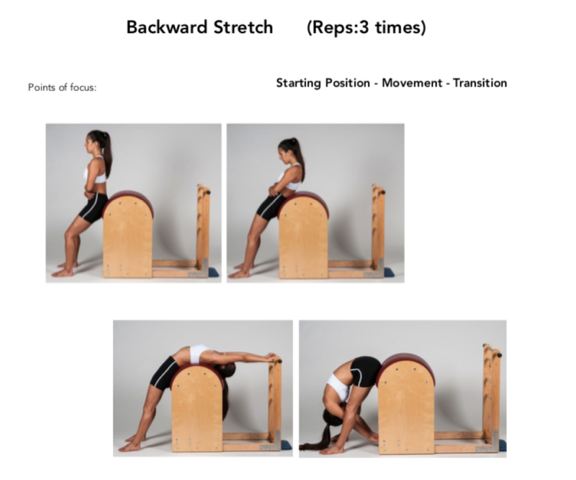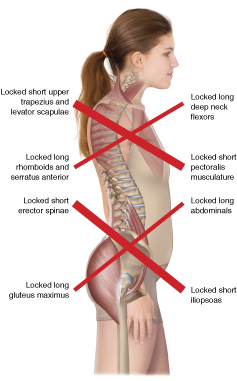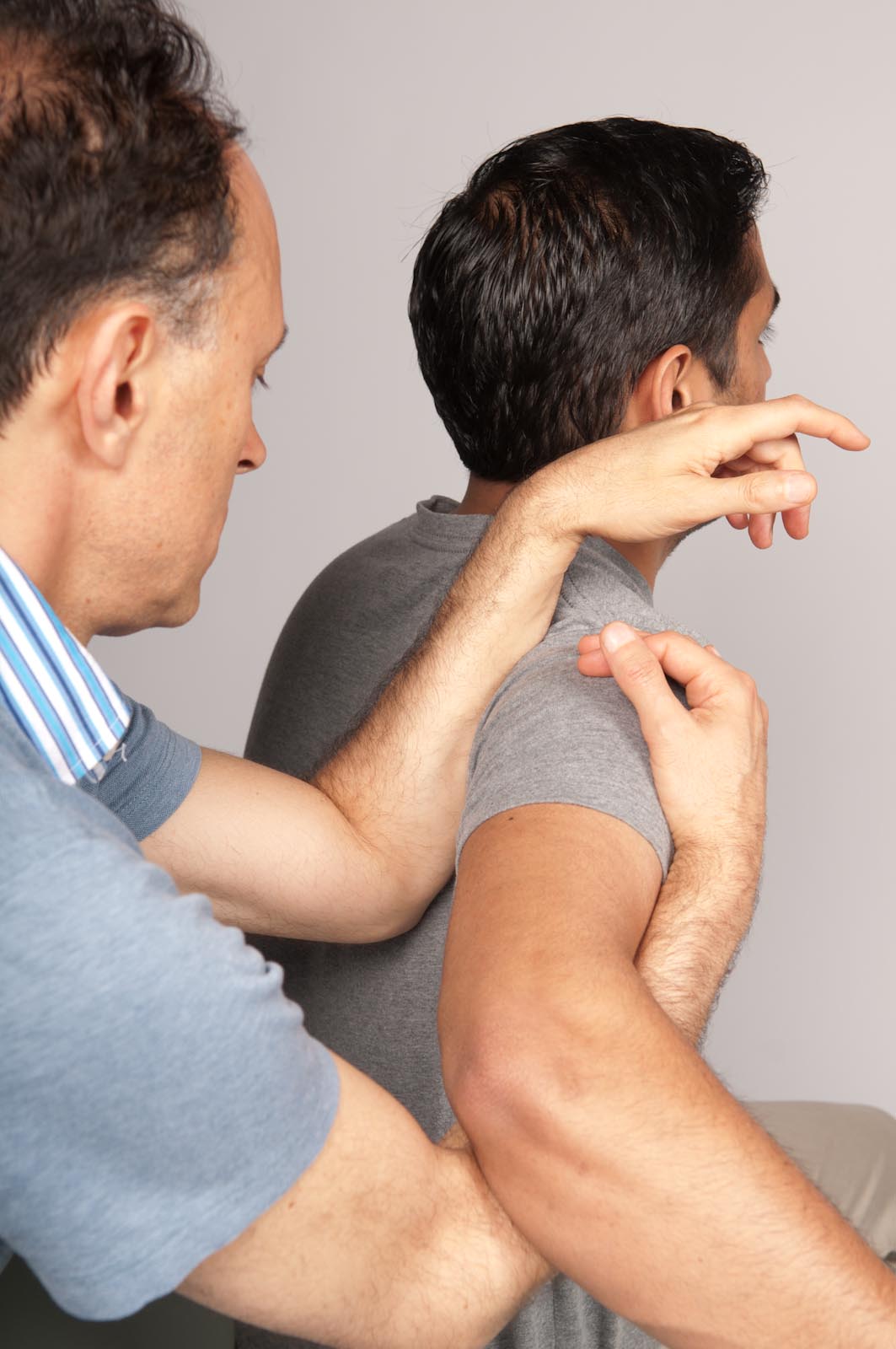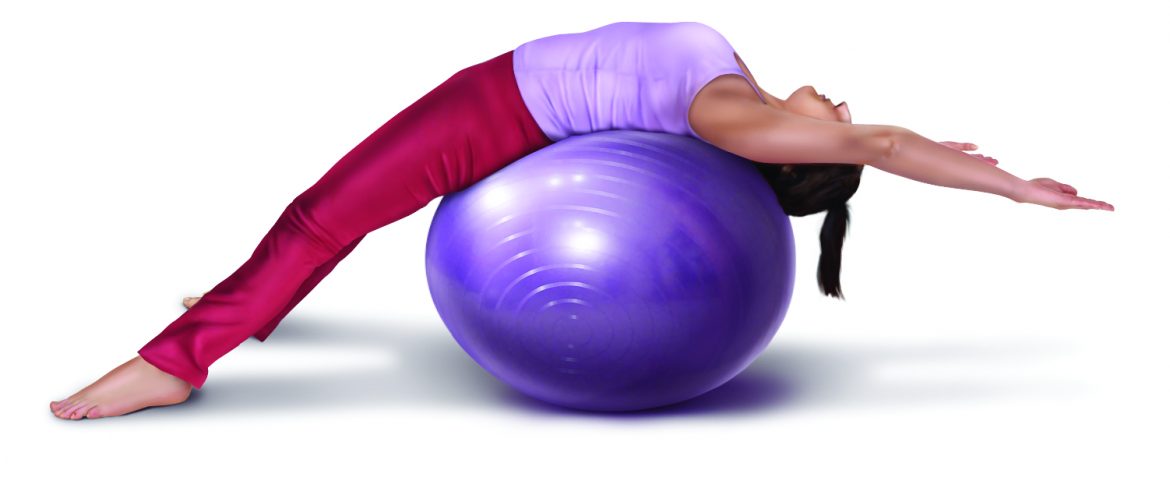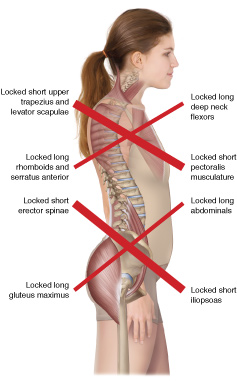When a client presents with thoracic hyperkyphosis (rounded back), there are many approaches for how Pilates can treat thoracic hyperkyphosis. And for each of these approaches, many Pilates exercises can be utilized. Before addressing these approaches, let’s briefly review thoracic hyperkyphosis…
Thoracic Hyperkyphosis – The Critical Component of Upper Crossed Syndrome
For most of our clients who present with the postural distortion pattern known as upper crossed syndrome, it is important, perhaps absolutely necessary, to include thoracic spinal joint mobilization technique into extension as part of the treatment plan to address the thoracic hyperkyphosis.
How Can Tight Hip Flexors Give You a Headache?
Tight hip flexor musculature causes excessive anterior tilt of the pelvis… hyperlordosis of the lumbar spine… hyperkyphosis of the thoracic spine… hypolordosis of the lower neck with hyperextension of the head at the atlanto-occipital joint… forward head carriage… tight posterior neck muscles… headache.
How do we Treat Upper Crossed Syndrome with Manual Therapy?
Especially effective for the pectoralis musculature is to use pin and stretch technique. With the client/patient supine and positioned toward the side of the table, pin the musculature with your finger pads as you bring the client/patient’s abducted arm off the side of the table and down into horizontal extension.
Signs, Symptoms, and Assessment of Upper Crossed Syndrome
The first and most obvious sign of upper crossed syndrome (named by Vladimir Janda) is the characteristic postural dysfunction of protracted scapulae, medially (internally) rotated humeri, hyperkyphotic (overly flexed) upper thoracic spine, and a protracted (anteriorly held) head.
The Thoracic Spine… The Silent Saboteur
There is an old saying that no posture is bad unless you get stuck in it. The problem is that the thoracic spine often does get stuck in bad posture.
Locked Short Muscles – Locked Long Muscles
Two opposing muscle groups, the “facilitated” muscles that are locked short and the “inhibited” muscles that are locked long.

